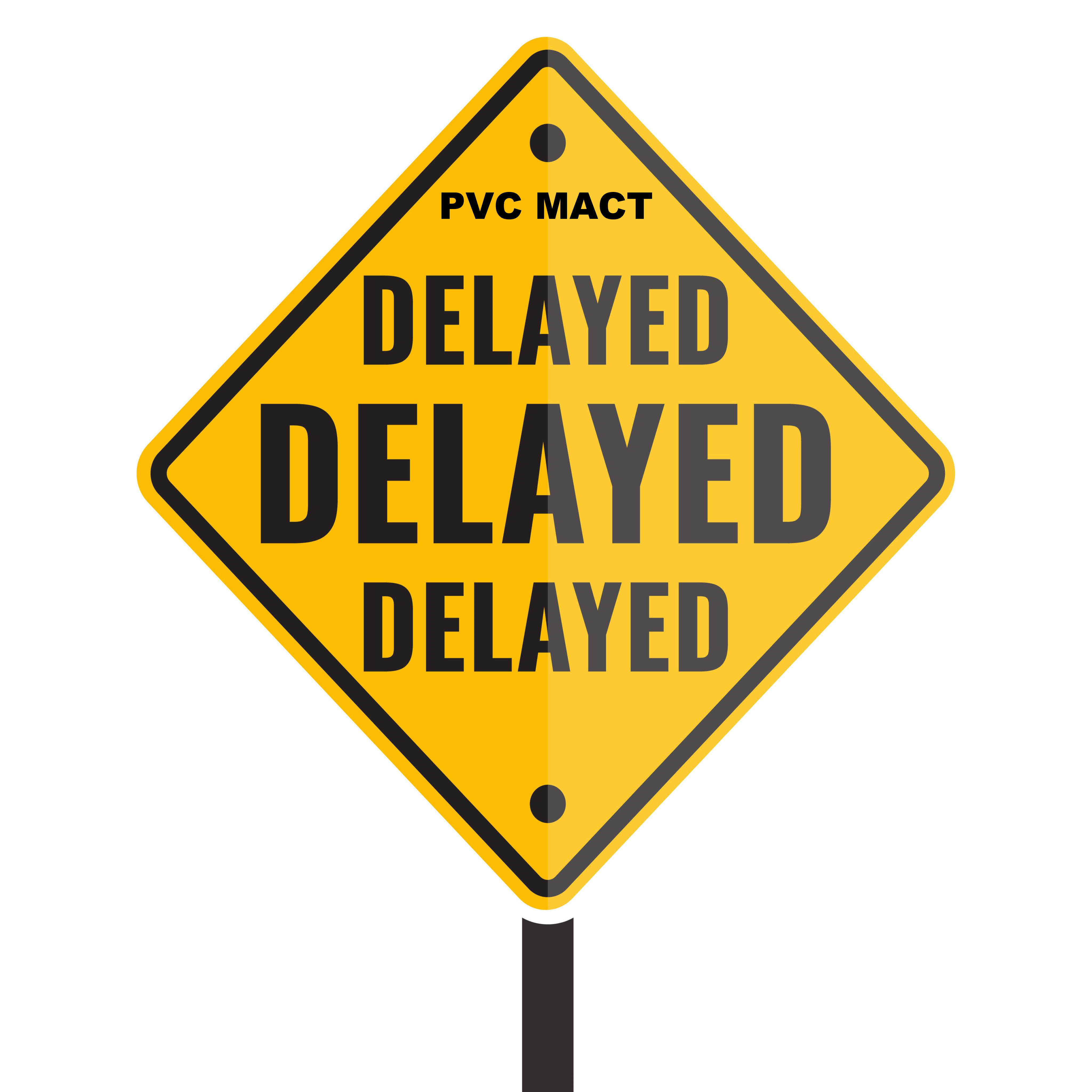The PVC MACT Delay and What it Means for the PVC Industry
The U.S. Environmental Protection Agency (EPA) has again delayed releasing the PVC MACT. But this time, rather than a typical six-month delay, the final rule is expected to be released more than three years from now in September of 2025. The U.S. PVC industry has been working on this rule since September 2012, and ten years later, there still isn’t a final decision or path forward to correct the problems with the original rule. The Agency has indicated the possibility of overlap between the PVC MACT reconsidered rule and other regulatory actions, according to their recent filing with the US Court of Appeals for the DC Circuit.
Why does delaying the PVC MACT matter?
Without a new PVC MACT, the U.S. PVC industry is challenged with building new greenfield facilities to meet expanded global consumer needs for quality PVC resin. This is due to an error in at least one of the emissions limits for new production facilities set in the original rule that would be corrected in a reconsidered rule, should it be finalized. The EPA agreed to reconsider the emissions limits of the PVC MACT industry regulation in September 2012, a process that normally takes less than 3 years to complete. Since 2012, the EPA has periodically reviewed data and other information provided by Vinyl Institute (VI) members years ago in response to EPA requests. The industry has been waiting for this action by EPA to be completed and the rule finalized so that companies can make investment decisions with appropriate regulatory certainty.
The PVC MACT is One of EPA’s Most Complex Rules.
The PVC MACT establishes emission limits and work practices for process vents, process wastewater, stripped resins, equipment leaks, storage vessels, and heat exchange systems located at PVC production facilities. These rules apply to new and existing sources at PVC production facilities.
The PVC MACT is one of EPA’s most complex rules since every phase of production is regulated in some manner to control hazardous air pollutant emissions to air, water, and soil. Development of the PVC MACT began in 1998 and the rule that was published in 2012 contained significant errors in EPA’s limit determinations. Because of the lack of public comment availability on the EPA’s approach, the Agency agreed to formally reconsider the rule in September 2012. It has been a 10-year effort by EPA and the PVC industry to try to complete reconsideration of the rule that became effective in April 2012, a process that typically only takes three years.
What are MACTs?
Under the U.S. Clean Air Act, EPA regulates the emission of hazardous air pollutants (HAPs) by industrial sources. To accomplish this, the Agency developed Maximum Achievable Control Technology standards (MACTs) for all industrial sources of emission in the U.S. The MACTs determine the minimum standard that an industrial source must at least meet to comply with the law. Under MACT standards, the technology and work practices in facilities that produce the lowest HAP emissions are used to set the standards for the rest of the facilities in a specific industry. EPA is required to re-evaluate MACT standards every 8 years or sooner.


